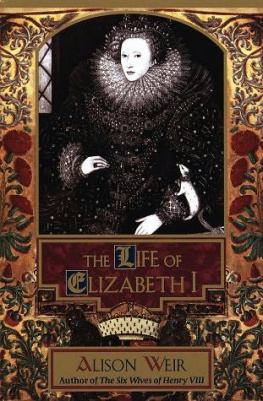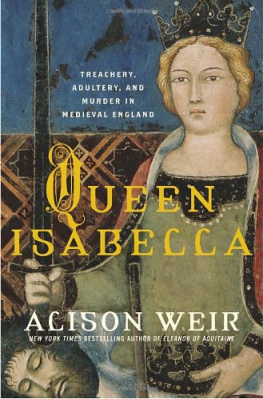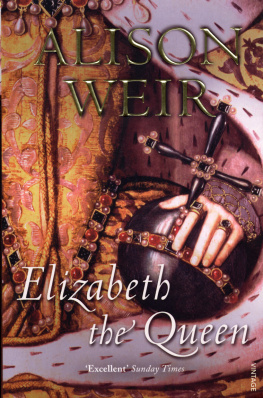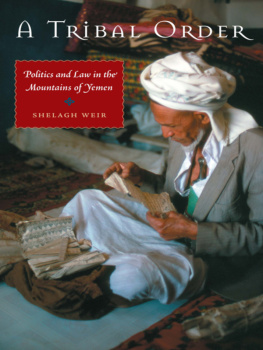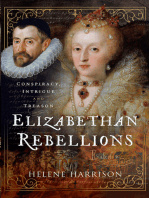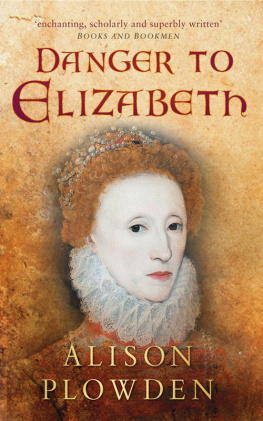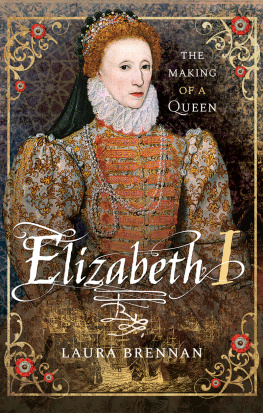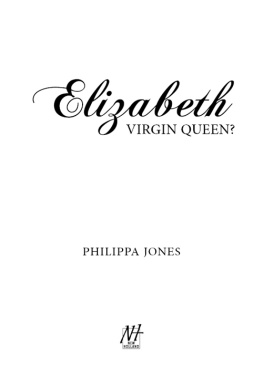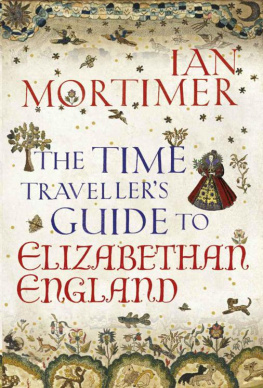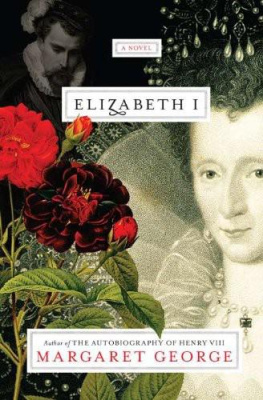Weir - The life of Elizabeth I
Here you can read online Weir - The life of Elizabeth I full text of the book (entire story) in english for free. Download pdf and epub, get meaning, cover and reviews about this ebook. year: 1998, publisher: Ballantine Books, genre: Non-fiction. Description of the work, (preface) as well as reviews are available. Best literature library LitArk.com created for fans of good reading and offers a wide selection of genres:
Romance novel
Science fiction
Adventure
Detective
Science
History
Home and family
Prose
Art
Politics
Computer
Non-fiction
Religion
Business
Children
Humor
Choose a favorite category and find really read worthwhile books. Enjoy immersion in the world of imagination, feel the emotions of the characters or learn something new for yourself, make an fascinating discovery.
- Book:The life of Elizabeth I
- Author:
- Publisher:Ballantine Books
- Genre:
- Year:1998
- Rating:3 / 5
- Favourites:Add to favourites
- Your mark:
The life of Elizabeth I: summary, description and annotation
We offer to read an annotation, description, summary or preface (depends on what the author of the book "The life of Elizabeth I" wrote himself). If you haven't found the necessary information about the book — write in the comments, we will try to find it.
Perhaps the most influential sovereign England has ever known, Queen Elizabeth I reigned prosperously for more than forty years, from 1558 until her death in 1603. During her rule, however, she remained an extremely private person, keeping her own counsel and sharing secrets with no one - not even her closest, most trusted advisors. Now, in this brilliantly researched, fascinating new book, acclaimed biographer Alison Weir brings the enigmatic figure of Elizabeth I to life as never before.--BOOK JACKET. Against a lavish backdrop of pageantry and passion, intrigue and war, Weir dispels the myths surrounding Elizabeth I and examines the contradictions of her character, exploring complex questions. Elizabeth I loved the Earl of Leicester, but did she conspire to murder his wife? She called herself the Virgin Queen, but how chaste was she through dozens of liaisons? She never married, but was her choice to remain single tied to the chilling fate of her mother, Anne Boleyn?--Jacket. Read more...
Abstract: This volume is a biography of the queen of England from 1558 until 1603, Elizabeth I. She was the fifth and last monarch of the Tudor dynasty. After a lonely and often perilous childhood during which Elizabeth was once imprisoned and was nearly executed by her half-sister, Mary. A 25-year-old Elizabeth ascended to the throne when Mary died. Elizabeths reign is known as the Elizabethan era, famous above all for the flourishing of English drama, led by playwrights such as Shakespeare and Marlowe, and for the seafaring prowess of English adventurers such as Francis Drake. The author emphasizes Elizabeths precarious position as a ruling woman in a mans world, suggesting that the single life was personally appealing as well as politically expedient for someone who had seen many ambitious ladies, including her own mother, ruined and even executed for just the appearance of sexual indiscretions. Elizabeth is portrayed as autocratic, devious, even deceptive, but these traits were required to perform a 45-year tightrope walk between the two great powers of Europe at the time, France and Spain. Both countries were eager to bring small, weak England under their sway and to safely marry off its inconveniently independent queen.
Perhaps the most influential sovereign England has ever known, Queen Elizabeth I reigned prosperously for more than forty years, from 1558 until her death in 1603. During her rule, however, she remained an extremely private person, keeping her own counsel and sharing secrets with no one - not even her closest, most trusted advisors. Now, in this brilliantly researched, fascinating new book, acclaimed biographer Alison Weir brings the enigmatic figure of Elizabeth I to life as never before.--BOOK JACKET. Against a lavish backdrop of pageantry and passion, intrigue and war, Weir dispels the myths surrounding Elizabeth I and examines the contradictions of her character, exploring complex questions. Elizabeth I loved the Earl of Leicester, but did she conspire to murder his wife? She called herself the Virgin Queen, but how chaste was she through dozens of liaisons? She never married, but was her choice to remain single tied to the chilling fate of her mother, Anne Boleyn?--Jacket
Weir: author's other books
Who wrote The life of Elizabeth I? Find out the surname, the name of the author of the book and a list of all author's works by series.

